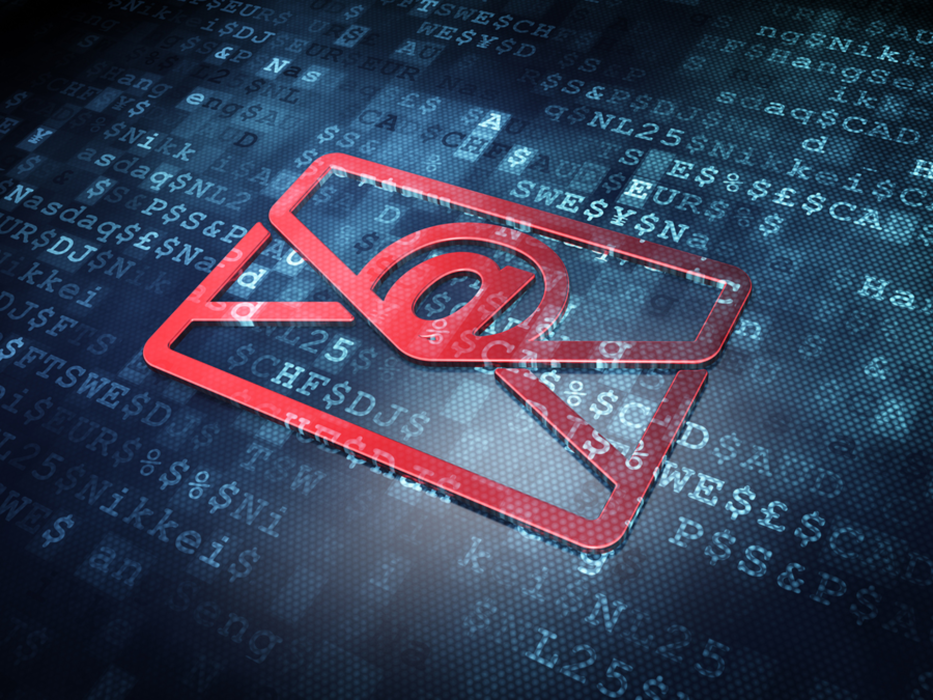Triggered email messages generated nearly 65% higher open rates in the first quarter of this year than business-as-usual emails, according to Epsilon’s “Q1 2014 North America Email Trends and Benchmarks Report.” With results like that, savvy marketers continue to look for fresh trigger strategies. One effective approach: Let’s call them micro-triggers.
Unlike typical triggers that are activated by single events or behaviors, micro-triggers are personalized based on interactions across multiple data points that create more holistic pictures of customers.
“If you just use a generic offer…it’s not going to be as engaging to someone as if it were something tailored to their interests that they’ve expressed either by past purchase behavior, browsing behavior, shopping-cart activity, or social media engagement,” says Tom Burke, CEO of email intelligence service provider TowerData.
Here are four do’s—and two don’ts—that marketers should keep in mind when implementing micro-triggers.
Do
Personalize based on the context of the open: In most cases once emails are sent, the content inside of them is “frozen in time,” unable to be personalized in the context of the moment, says Justin Foster, cofounder and VP of market development for real-time email marketing and video commerce solution provider Liveclicker. That’s why, to Foster, micro-triggers are real-time email updates based on opens that deliver tailored experiences.
For instance, a retailer advertising sunglasses can switch in real time as the subscriber opens the email to promoting rain boots by pinpointing her location and checking the weather. Similarly, companies can use a system that checks their inventory when consumers click on shopping cart abandonment emails to determine whether items are still in stock or they need to make alternative recommendations.
Know where customers are in the purchase funnel: Triggering emails based on consumers’ previous behaviors isn’t enough, says Dan Smith, CMO of digital marketing company Outsell. Indeed, there can be dichotomies, he says, between consumers’ wants and their actual needs. For example, a consumer may click on a sports car impressed by the style and design, but his family’s needs would be better met by a minivan. Or, shoppers may click on an inventory page, but that doesn’t mean that they’ve settled on a particular brand or product.
“One data point does not create a profile, nor should be a trigger,” Smith says.
Balance quality with quantity: The more personal a triggered message is, the more likely it is to elicit a response, notes Dela Quist, CEO of email marketing agency Alchemy Worx. At the same time, the more targeted an email is, the less likely it is to apply to a large group of people. So, although a personalized email may experience a 100% open rate, the total number of people receiving that email may be one, he explains. Therefore, marketers need both generic and targeted emails.
Start with what generates the biggest returns: For marketers looking to make a big or immediate impact from their trigger emails, Quist advises starting with triggers that apply to the largest customer segments; this will produce the greatest return, he says. Automated birthday emails, for example, will likely take 12 months to reach all subscribers and may not yield the biggest—or speediest—returns.
Don’t
Assume that timing has to be immediate: Instead of triggering emails solely on specific customer actions, marketers also should identify what they want customers to do next, says Shelly Alvarez, director of client services at email marketing service provider PostUp. For example, online gaming companies may want to send players congratulatory messages once they reach a challenging level; however, sending emails immediately upon level completion may interrupt players, she says. In this instance, it’s better to hold off on those messages, Alvarez says, and opt for better timing that aims to drive gamers back for more.
Rely on dirty data: Messaging that’s incorrectly personalized is worse than communications with no personalization at all. So, marketers should do everything they can to eliminate dirty data—information that’s inaccurate, incomplete, or redundant. If marketers are unsure of their data hygiene, Alvarez says they should send more general messages. She says doing so can help them learn about their subscribers, especially if they include calls-to-actions, like preference center links.






